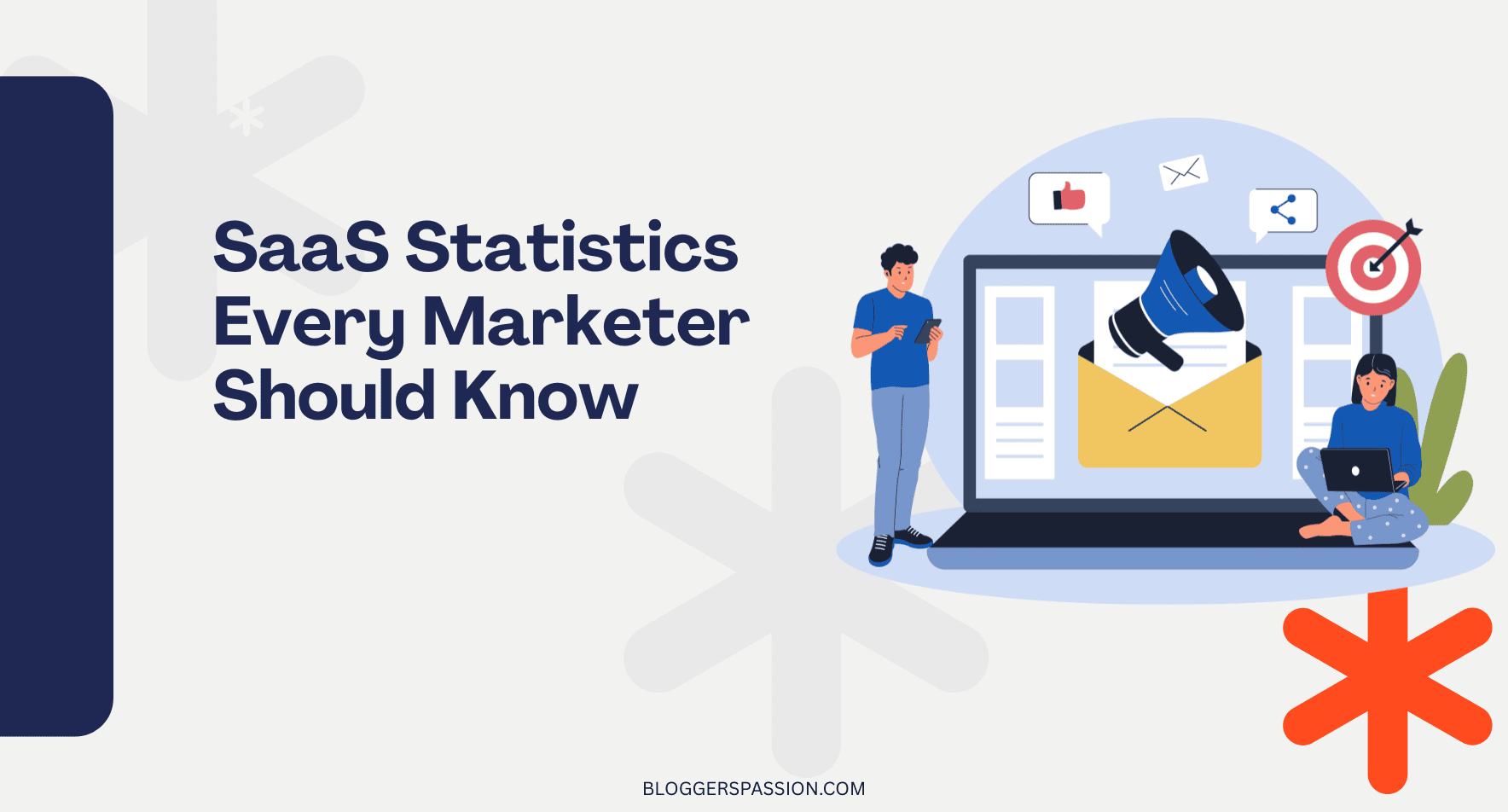Semrush is an all-in-one digital marketing toolkit that helps marketers perform in-depth keyword research, backlink analysis, rank tracking, AI analysis, content research, and more.
Semrush is used by over 10 million marketing professionals worldwide and provides access to over 55 powerful tools to meet all marketing needs.
What sets Semrush apart from its competitors, such as Ahrefs and Moz, is its massive databases. For instance, its keyword magic tool gives access to over 27 billion keywords, and its backlink analytics tool has over 43 trillion backlinks.
Semrush gets its data from search engines, third-party data providers, and its own crawlers, which scan millions of web pages.
Table of Contents
Why Is It Important to Know Where Semrush’s Data Comes From?
The primary reason to know where Semrush’s data comes from is accuracy.
When it comes to important SEO things like keyword research, content analysis, backlink analysis, etc, accurate data plays a huge role.
It also helps marketers and SEO understand how best to use them.
For example, if you’re comparing metrics like keyword search volume, backlinks, or keyword difficulty, it’s always good to know whether the data comes from real searches, clickstream data, or Semrush’s crawlers.
Accurate data sources help you use Semrush more efficiently and evaluate traffic or keyword metrics more effectively.
In case you’re new to Semrush, here are some of the primary benefits of using Semrush for your marketing needs.
How Does Semrush Collect Its Data?
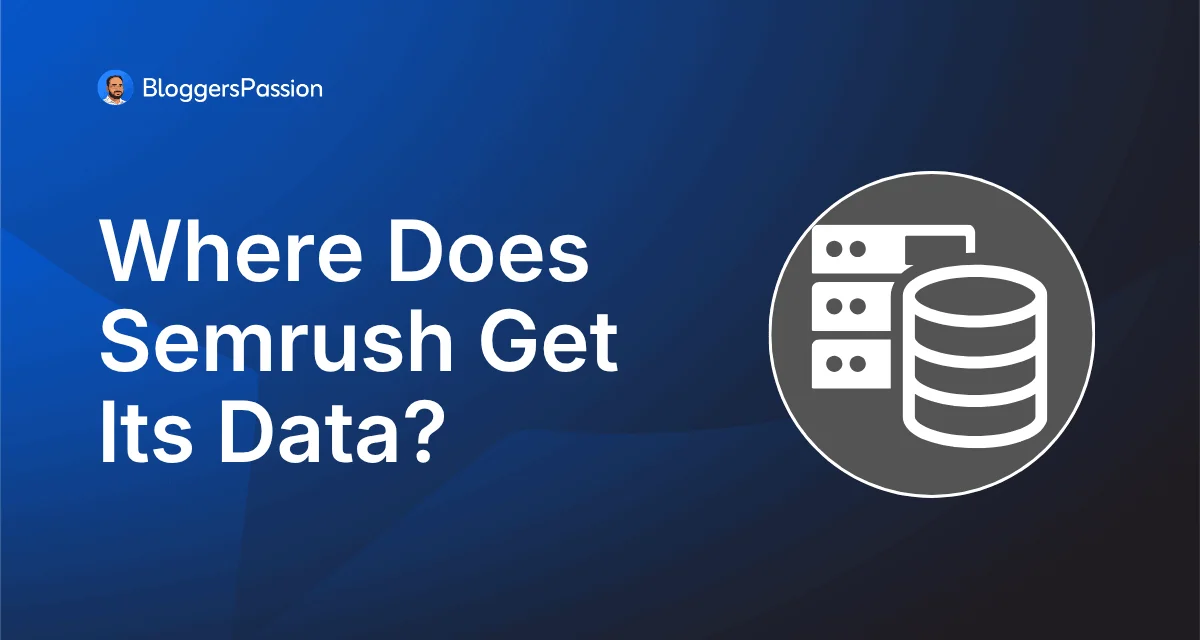
Semrush collects data from multiple sources that include;
- Public APIs
- Third-party providers for clickstream data
- Semrush’s own data collected by its own crawlers
- Publicly available data (such as Google)
Basically, Semrush gathers information from multiple channels, combines them, and applies algorithms to produce accurate data estimates.
Here’s a table showing the breakdown of Semrush’s data sources.
| Data Source | Description |
|---|---|
| Search Engine Data | Refresh keyword/ranking data monthly |
| Clickstream Data | Estimate traffic from 200+ million real users |
| Web Crawlers | Index billions of pages for SEO metrics |
| Publicly Available Data | Data from open sources like websites, APIs, and business directories |
Sources: Semrush Data & Metrics, Flying V Group, Semrush Traffic
Here’s a breakdown of Semrush’s primary data collection methods.
Search Engine Data
Note: Semrush’s proprietary algorithm collects and refreshes ranking data every month.
Semrush builds large keyword databases by collecting data directly from Google and regularly updates ranking positions for the top 100 results. This is done for both organic and paid, to show how visible a site is on Google.
For example, if the keyword “best running shoes” is searched often, Semrush checks Google’s top 100 results for it, updates the rankings, and shows how each site is performing.
Source: Semrush Search Engine Data
Clickstream Data
Note: Semrush’s clickstream data is updated daily.
Clickstream data is another key source Semrush uses.
Semrush partners with trusted third-party partners to collect anonymous browsing data, providing more accurate data estimates to its users.
Previously, Semrush collected clickstream data only once a month. Now, Semrush collects clickstream data every day. With daily updates, their data models can estimate traffic not just monthly, but also weekly and even daily.

Web Crawling
Semrush also uses its own crawlers to scan billions of Google search engine results pages (SERPs). These crawlers track keyword rankings, identify SERP features (such as featured snippets or site links), etc.
Publicly Available Data
In addition to the above data sources, Semrush also collects data from open sources, including public websites, APIs, and business directories.
It also utilizes the public APIs of networks such as Facebook, Instagram, YouTube, Pinterest, and LinkedIn to collect social media data.
Its social media data collects public information such as likes, follower counts, hashtags, and video views (but not your personal data).
Which Search Engines Can Semrush Analyze?
Most tools use Google data (default and primary source).
Position Tracking: You can monitor your keyword rankings on Google, Bing, and Baidu (for up to the top 50 results)
Traffic & Market Toolkit: You can estimate traffic from;
- DuckDuckGo
- Bing
- Yandex
- Baidu
AI Platforms: For AI visibility and tracking, the data is collected from the following AI platforms;
- ChatGPT
- Gemini
- Perplexity
- SearchGPT
- Google AI Mode
- Google AI Overviews
Here’s a table showing which search engines and AI platforms Semrush analyzes.
| Feature/Tool | Supported Platforms |
| Primary Data Source for Most Semrush Tools | |
| Position Tracking | Google, Bing, Baidu (Top 50 results) |
| Traffic & Market | Google, DuckDuckGo, Bing, Yandex, Baidu |
| AI Platforms | ChatGPT, Gemini, Perplexity, SearchGPT, Google AI Mode, Google AI Overviews |
Did you know that Semrush now has over 1,049,000 active free users worldwide, marking a 29.64% growth in the past year. Here are some of the latest Semrush statistics for marketers.
Data Collection for Different Semrush Tools
Semrush collects data in various ways for each tool, using search results, click data, and third-party sources to provide more accurate estimates.
Keyword Research Tools
- Keyword data, such as search volume, CPC, and competition, is gathered from search results, clickstream data, and trusted third-party partner sources.
- Popular keywords are updated daily, while less popular keywords update weekly or monthly. All of its keywords are updated every month.
Source: Semrush Data & Metrics
Domain Analytics
- Domain Analytics and traffic data come from over 200 million real, anonymous internet users in more than 190 countries and regions.
- The Domain Analytics database is updated daily for trending sites and on a weekly or monthly basis for others.
Source: Semrush Data & Metrics
Backlink Analytics
- Semrush’s backlink data comes from their own crawler, which scans about 10 billion pages a day and tracks over 43 trillion backlinks.
- Backlink data is updated every 15 minutes for near-real-time monitoring.
Source: Semrush Data & Metrics
Here’s a table showing the key stats for each Semrush tool.
| Tool | Key Stats | Update Frequency |
| Keyword Research | 26B+ keywords | Daily (popular), weekly/monthly (others), monthly refresh |
| Domain Analytics | 200M+ users, 190+ countries | Daily (trending sites), weekly/monthly (others) |
| Backlink Analytics | ~10B pages crawled/day, 43T+ backlinks | Every 15 minutes |
How Accurate is Semrush Data?
Semrush’s data is not 100% accurate, just like any other SEO tool. However, it has a massive keyword database that is regularly updated to provide you with fresh estimates.
Estimation vs. Actual Data
Semrush provides estimates rather than actual analytics. The website traffic analytics and other reports are generated through predictive modeling using clickstream data and third-party sources.
Semrush collects relevant data from over 543 million desktop keywords and 80.1 million mobile keywords. This massive data helps you understand keywords better and see search trends clearly.
For example, when you search for any domain in the “Domain Overview” tool, you get a quick overview of its authority score, traffic, keywords, backlinks, top countries, and overall growth over time.
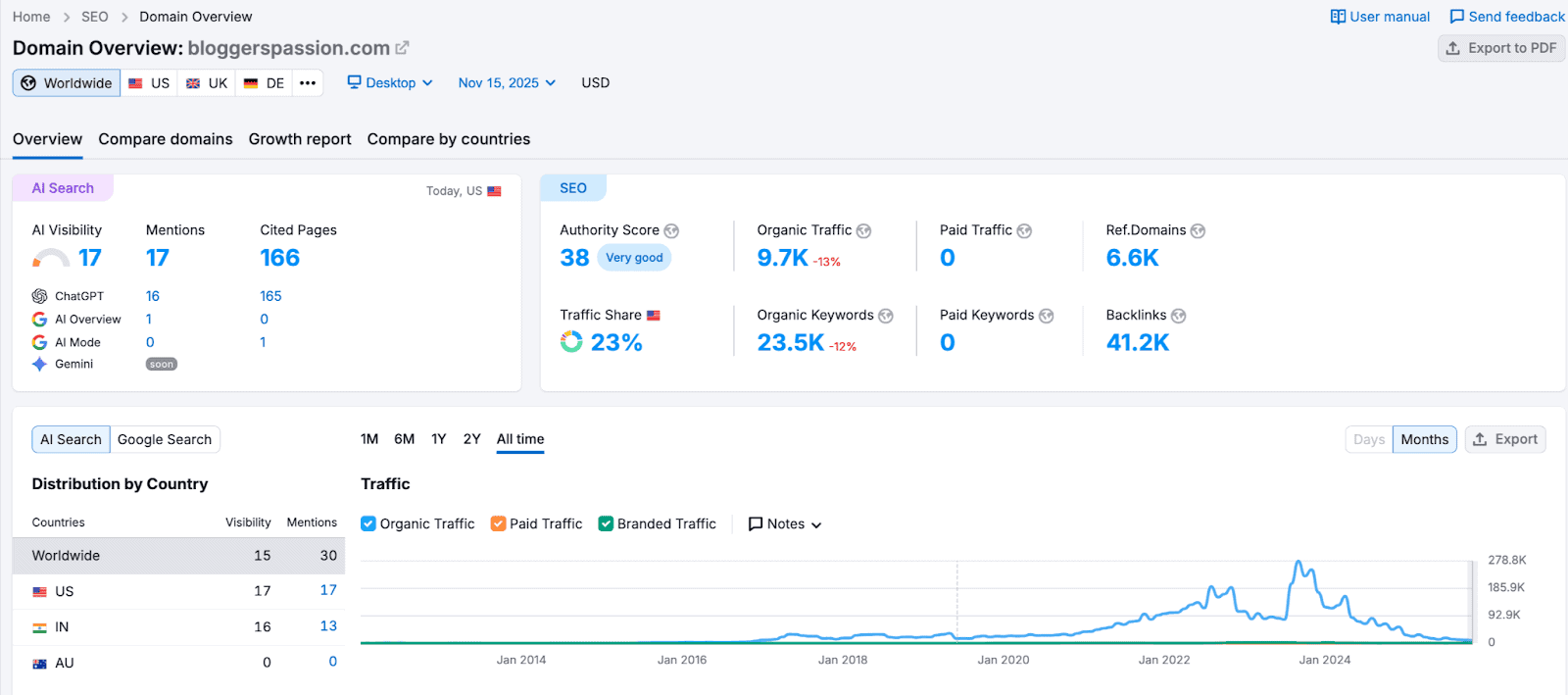
Remember, these numbers are only estimates, not exact analytics, but they are close enough to show real trends.
Factors Affecting Accuracy
Some of the facts affecting Semrush’s data accuracy include;
- Database size: Bigger data = better estimates. Since Semrush has the biggest keyword database, it gives more accurate data than other tools.
- Industry: Competitive or highly searched industries (such as Health & Fitness) receive more accurate data due to the high volume of monthly searches.
- Keyword type: Popular keywords are more accurate than niche ones.
How Often Does Semrush Update Its Data?
Semrush updates its keyword data frequently, depending on keyword popularity, while backlink data is refreshed continuously.
Keyword Database Updates
Semrush has a massive database of over 27 billion keywords, which are updated based on their popularity in search queries.
The most popular keywords are updated daily, while the less competitive keywords are updated weekly or sometimes monthly.
Almost all the keywords in Semrush’s database are fully updated every single month, so you always have access to fresh data.
For example, Semrush’s US database has over 160 million keywords. Each day, it updates 7 million top-volume keyword terms first and 6 million random ones afterward. That means every keyword gets refreshed at least once a month.
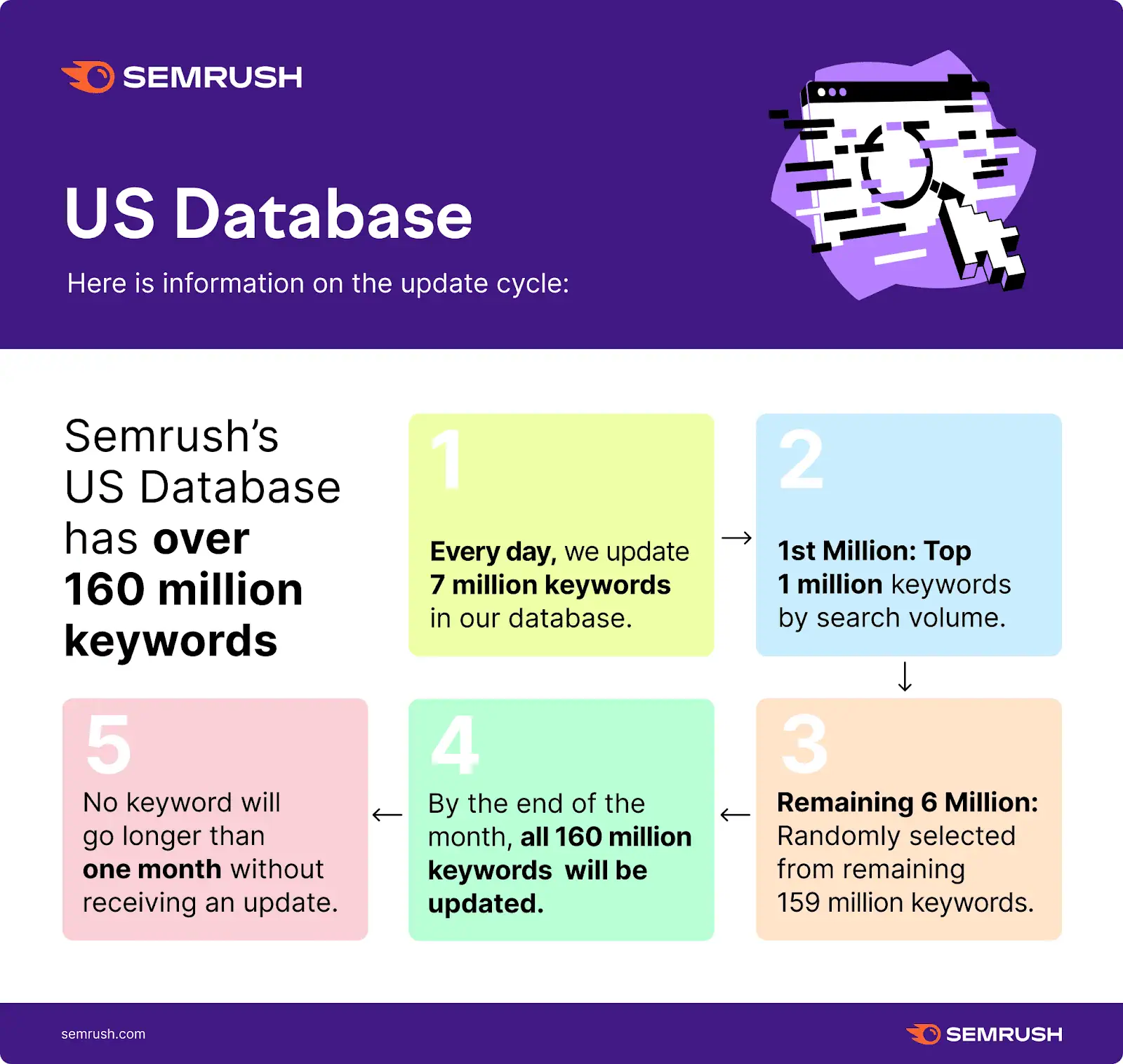
Sources: Semrush Live Update, Semrush Keyword Database
Backlink Updates
Semrush has over 43 trillion backlinks in its database, which is continuously refreshed every 15 minutes. This helps you easily discover new or lost backlinks of any domain in real-time.
Here’s an interesting fact: On average, Semrush takes about 40 minutes to show any new backlink that appears.
Semrush crawls around 10 billion links daily, providing fresh backlink data compared to its competitors.
Semrush’s backlink database is also the world’s fastest.
For example, if a website (like CNN) publishes content at 9:00 am and another website links to it a minute later, Semrush’s crawlers can find that link around 9:25 am. After that, Semrush updates its database, and by about 9:40 am, the backlink becomes visible to users.
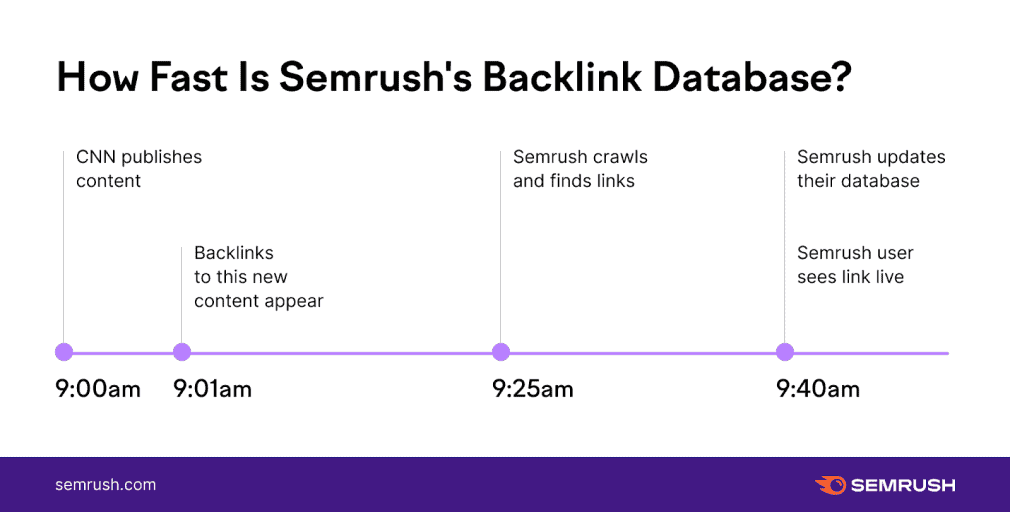
This means that new backlinks typically appear in Semrush within approximately 40 minutes.
Sources: Semrush, Semrush Backlink Study
Semrush Database Size
With over 10 million users, 27 billion keywords, 808 million domain profiles, and 43 trillion backlinks, Semrush offers the world’s largest databases.
Here are some key statistics and facts from Semrush’s databases.
| Metric | In Numbers |
| All-time registered accounts | 10 million |
| Keyword database | 27.5 billion keywords |
| Geo databases | 140+ |
| Domain profiles | Over 808 million |
| AI search database | 100+ million prompts from 6 regional databases |
| Backlink database | 43 trillion links |
| URLs crawled per day | 10 billion |
| Domain Analytics | 543 million (desktop); 80.1 million (mobile) |
| Web Traffic Data & Market Insights | 500TB of raw data from 190 regions and countries |
| App Center | 60+ apps from 10 categories |
Conclusion
The advantage of Semrush’s data is that it doesn’t rely solely on a single source, as it collects data from multiple sources, including its own crawlers and search engines.
However, no tool is 100% accurate, including Semrush. Therefore, you should treat it as a reference tool rather than a 100% precise source.
When it comes to data accuracy, Semrush is way better than most of its competitors when it comes to keyword research and backlink analysis.
So, what are your thoughts on Semrush’s data? Are you using it for marketing needs? Have any questions? Let us know in the comments.
FAQs
Here are some frequently asked questions on Semrush data.
Does Semrush use Google’s official data?
No, Semrush doesn’t use Google’s official data. However, it uses third-party data providers to collect information from Google’s search engine results pages.
Why is Semrush data different from my analytics?
Semrush’s traffic analytics often differ from Google Analytics data because it collects data using multiple sources and its own crawlers.
How can I improve the Semrush report accuracy?
To obtain reliable data and improve data accuracy, connect your Google Analytics and Search Console accounts to Semrush.
How often is Semrush’s keyword data updated?
Some of the keywords in its database are updated daily, while all of the keywords are updated monthly.
Is Semrush’s traffic estimation reliable for small websites?
Semrush traffic estimates are less accurate for smaller websites because of limited data. The data accuracy gets better for larger websites that attract millions of views.

